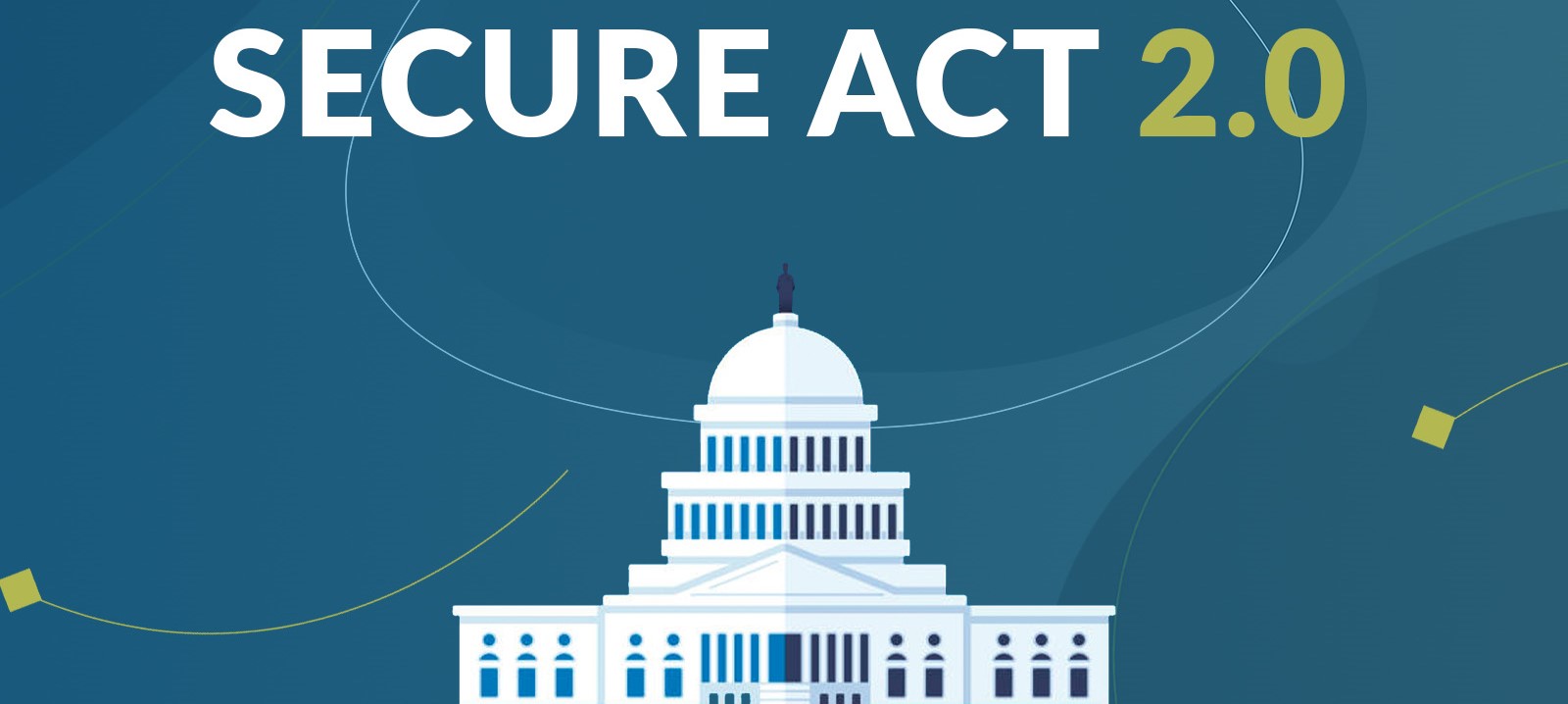The intricacies of IRA beneficiary payout rules can be bewildering, often posing unique challenges for financial advisors and individuals alike. Did the original IRA owner pass away before or after the establishment of the SECURE Act? How old was the person when they died? Who was the beneficiary? Is this a successor beneficiary situation? If experienced financial advisors find it exasperating, how do you think the general public feels? Ultimately, by following the individual fact patterns, definitive answers materialize.
The Astonishing Complexity of Some Situations
One such beneficiary question came across my desk last week. Sadly, a relatively young father (49) passed away in late 2022 and left his traditional IRA to his then-19-year-old daughter. (She is now age 20 in 2023.) The advisor sent me the details, asked if Notice 2023-54 would apply, and requested confirmation of the payout options.
Here is my email response:
When a person dies before their required beginning date (which Dad did here), an eligible designated beneficiary (EDB) has a choice – stretch or the 10-year rule. In this case, the Daughter qualifies as an EDB minor. However, since she was already 19 in the year of death, her stretch (if she chooses) is only good for 2023 and 2024 when she is 20 and 21. Then her 10-year rule begins in 2025 and will last until 2034. Since she activated RMDs during the 2-year stretch period, she will also have RMDs during years 1 to 9 of the 10-year rule. These RMDs will follow the same single life expectancy factor she was already using when she was 20 and 21. (There is no waiver of her 2023 stretch RMD. Notice 2023-54 is not applicable in this situation.)
If, however, she chooses the 10-year rule to start immediately, her 10-year window will start in 2023 and run until 2032. She will not have any RMDs for the entire 10-year period because Dad died prior to his required beginning date, and Daughter never turned RMDs on with a stretch.
So, these are her choices:
- 12-year payout window with annual RMDs and a closing year of 2034, OR
- 10-year payout window with no RMDs and a closing year of 2032.
The Madness of Expecting a Young Beneficiary to Navigate Alone
In this real-life scenario, items under consideration included the definition of an EDB, the ages of the deceased and the beneficiary, the ability of an EDB to choose a payout structure, the “springing” nature of the 10-year rule when an EDB minor turns 21, the “at least as rapidly” rule, and the application of IRS Notice 2023-54.
How can we expect the now-20-year-old beneficiary, who lost her father less than a year ago, to manage this complicated situation by herself? No chance.
This is madness.
By Andy Ives, CFP®, AIF®
IRA Analyst











